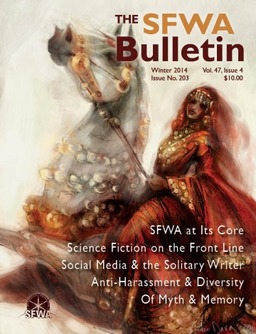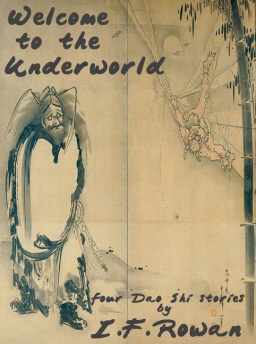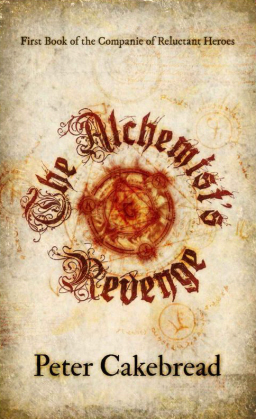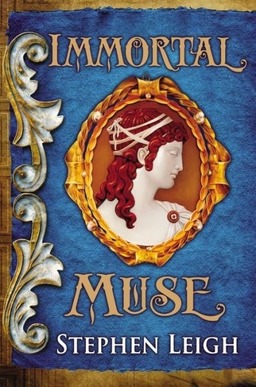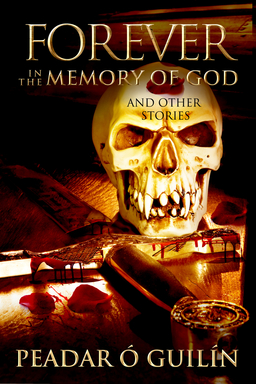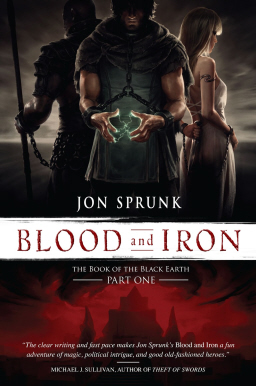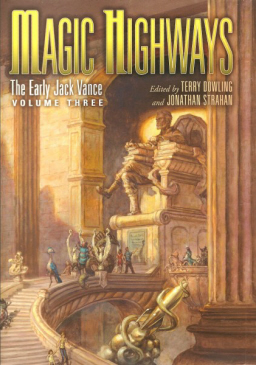Ghosts of the Past: Vernon Lee
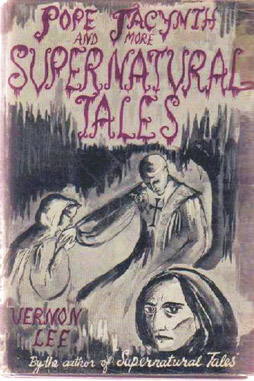 With Women in Horror Month having just wrapped up (and Women’s History Month having just started in many places), I thought I’d take a moment to write a few words about Violet Paget, a Victorian-era art critic and writer of ghost stories who published under the name Vernon Lee. I’ve not read her criticism, but I recently found a collection of her fiction and was tremendously impressed.
With Women in Horror Month having just wrapped up (and Women’s History Month having just started in many places), I thought I’d take a moment to write a few words about Violet Paget, a Victorian-era art critic and writer of ghost stories who published under the name Vernon Lee. I’ve not read her criticism, but I recently found a collection of her fiction and was tremendously impressed.
You can get an excellent overview of Paget’s life and works from this article by Brian Stableford. To summarize: Born in 1856 in France, she first published a story at the age of 13, and adopted her pseudonym — a nod to her poet half-brother Eugene Lee-Hamilton — in 1877. Her first book, Studies of the Eighteenth Century in Italy, appeared in 1880 alongside a collection of Tuscan fairy tales. Paget was living with Lee-Hamilton in Florence at this time; she never married, but her life was marked by intense emotional relationships with several women. Various ghost stories and tales followed through the 1880s and 90s, along with essays (primarily travel writing and pieces on medieval Italian art and architecture), plays, and non-supernatural novels. The stories largely ceased with the opening of the twentieth century, but she continued to produce essays and the occasional novel. She died in Italy in 1935.
A passionate traveller who was called “the cleverest woman in Europe,” known for being energetic, argumentative, and a frequent wearer of men’s clothes, Paget was an Aesthete, although apparently not overly impressed by Oscar Wilde; Stableford quotes her as describing Wilde as “plain, heavy and dull, but agreeable.” Still, she published a story in The Yellow Book in 1895. She effectively established the word ‘empathy’ in English, specifically with reference to one’s reaction to art. Even in her fiction, her sensitivity to art comes through, as does her engagement with the past — with ruins and remnants, and specifically with the culture and inheritance of Italy. You can find much of her work online.
